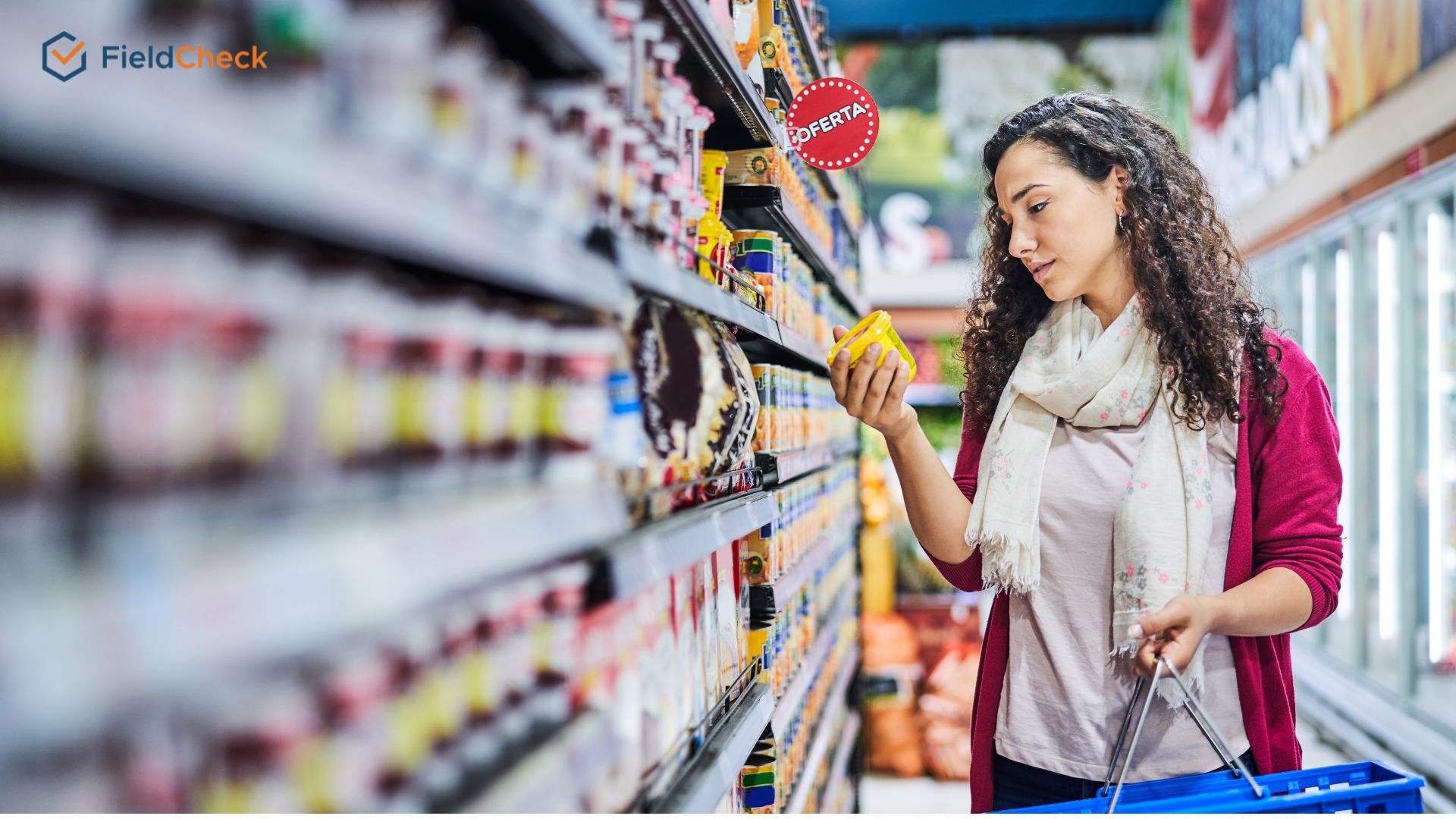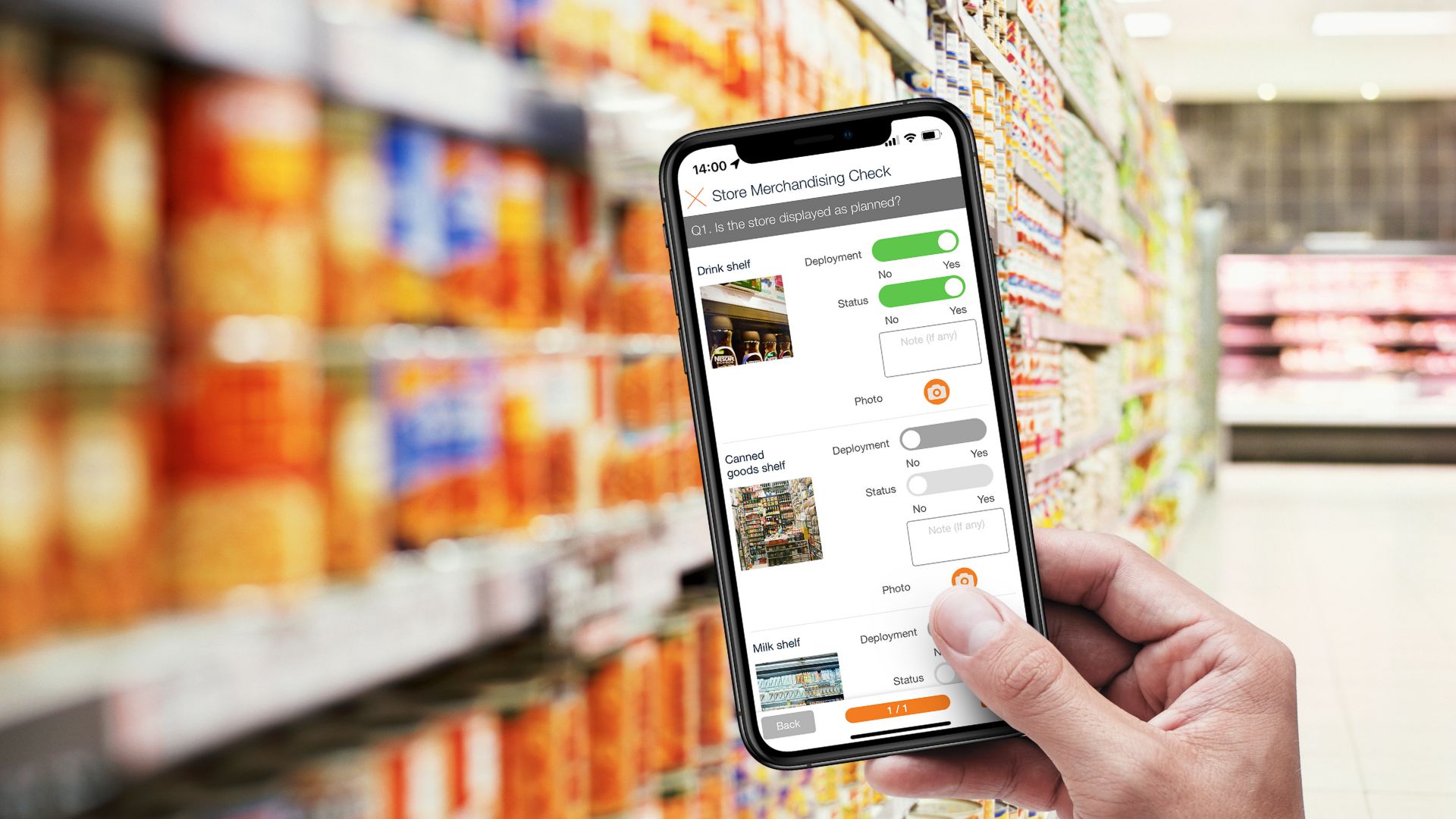Managing Merchandise Display with Technology from Electrolux Perspective
Merchandise display is now considered one of the effective marketing tactics at the point of sale. The right display strategy will help make a strong impression and attract customers.
In addition, to compete with other competitors in the market, retailers and marketers or merchandisers need to pay close attention to the principles of displaying and arranging goods and products at the point of sale.
So what exactly is a merchandise display? And what are the benefits of merchandise display? Find out in today's article.
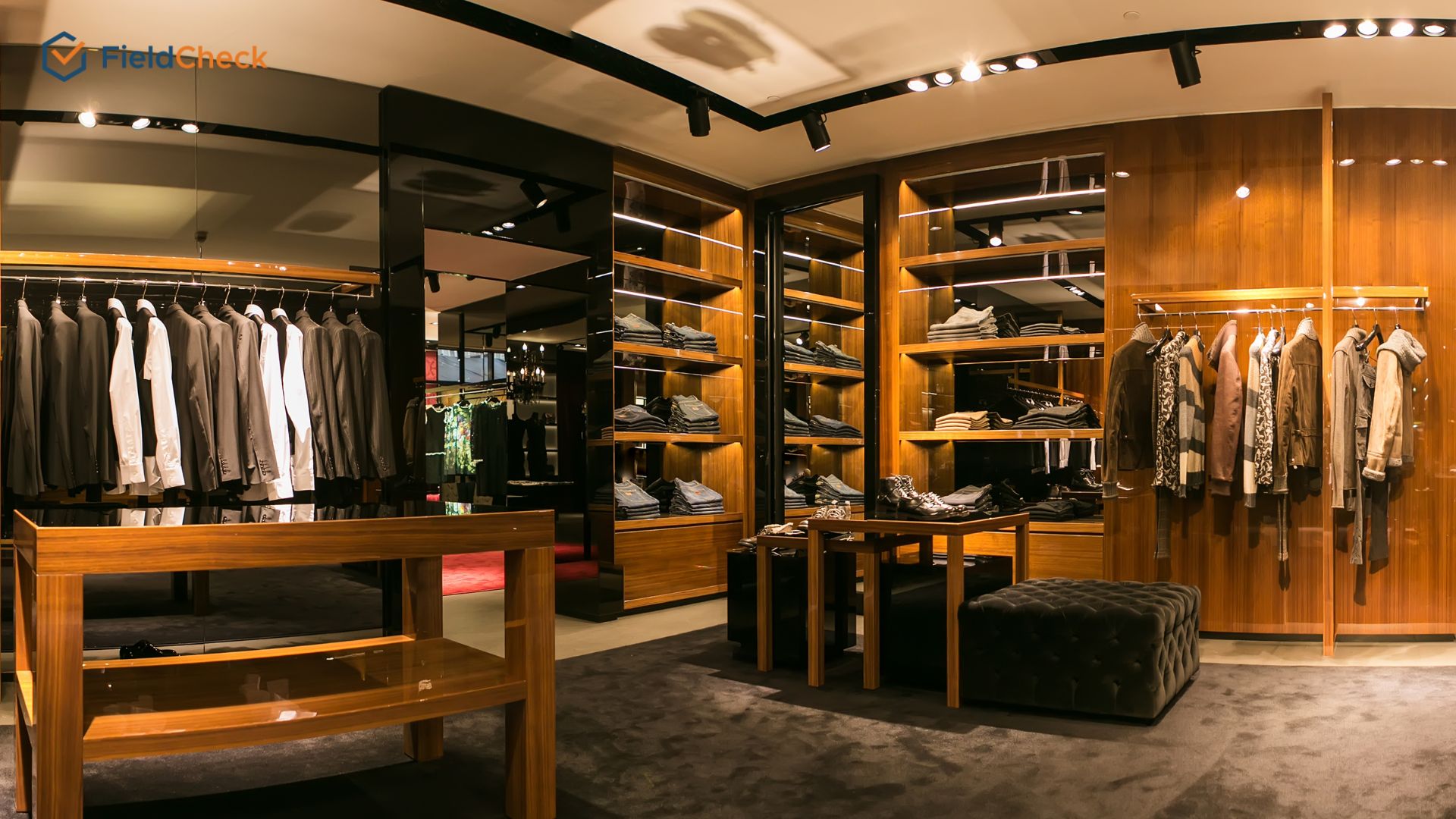
Merchandise display
What is Merchandise Display?
Merchandise display is considered a form of arrangement, display, and arrangement of goods or special products at stores. The purpose is to attract, attract as well as entice viewers to come to a purchase decision.
The nature of the arrangement and placement of goods can flexibly change between industry groups and products. However, basic merchandise displays are based on certain principles that work together towards increasing sales.
Merchandise display plays an indispensable role in the overall sales strategy. The layout is seen as part of a marketing strategy that promotes sales by combining techniques such as marketing, sales, and advertising.
Displaying beautiful goods contributes significantly to the retail market, especially for supermarkets or small stores.
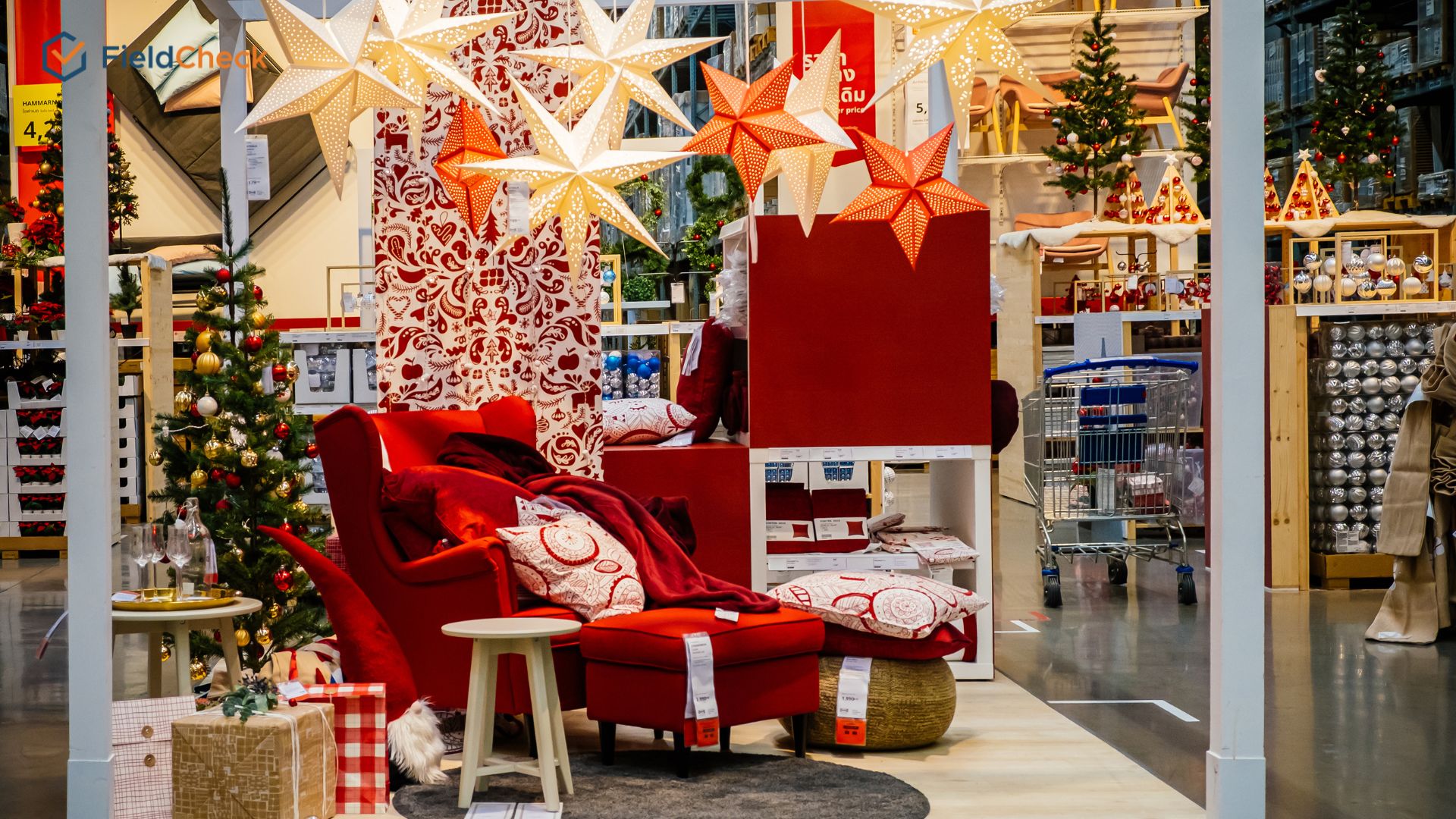
Eye-catching display is important to stores
Consultants or entrepreneurs say that small and medium-sized business owners are the pioneers in building creative merchandise display strategies.
As W. Rae Cowan shared in Chain Store Age Executive, "In many cases, smaller specialty store chains are leading the way in creating outstanding environments.
Merchandise placement supports their overall marketing strategy in areas ranging from fashion to metalware and home appliances to construction supplies across regions.
In essence, these specialty stores rely on fixed devices, products, or niches in the general market. In some cases, physical stores are smaller and can respond to market trends and needs more quickly. Today's successful retailers are using their devices to efficiently distribute merchandise and create the right communication environment in retail."
Merchandise Display Importance for Stores
You may not know it, but one of the factors that help to drive sales and improve the brand image is to use the art of product placement to create touch points for consumers or audiences.
Businesses or retailers can capture customers' attention by applying creative ideas to the layout. Displaying beautiful goods can open up many prospects for manufacturers and distributors to stimulate purchases.
That is also why many businesses spend a lot of money to own a good location at the stalls to help their products reach more customers.
However, not only the location businesses or retailers also need to think about how to manage the arrangement of goods at these locations effectively to optimize the potential location capabilities and costs incurred.
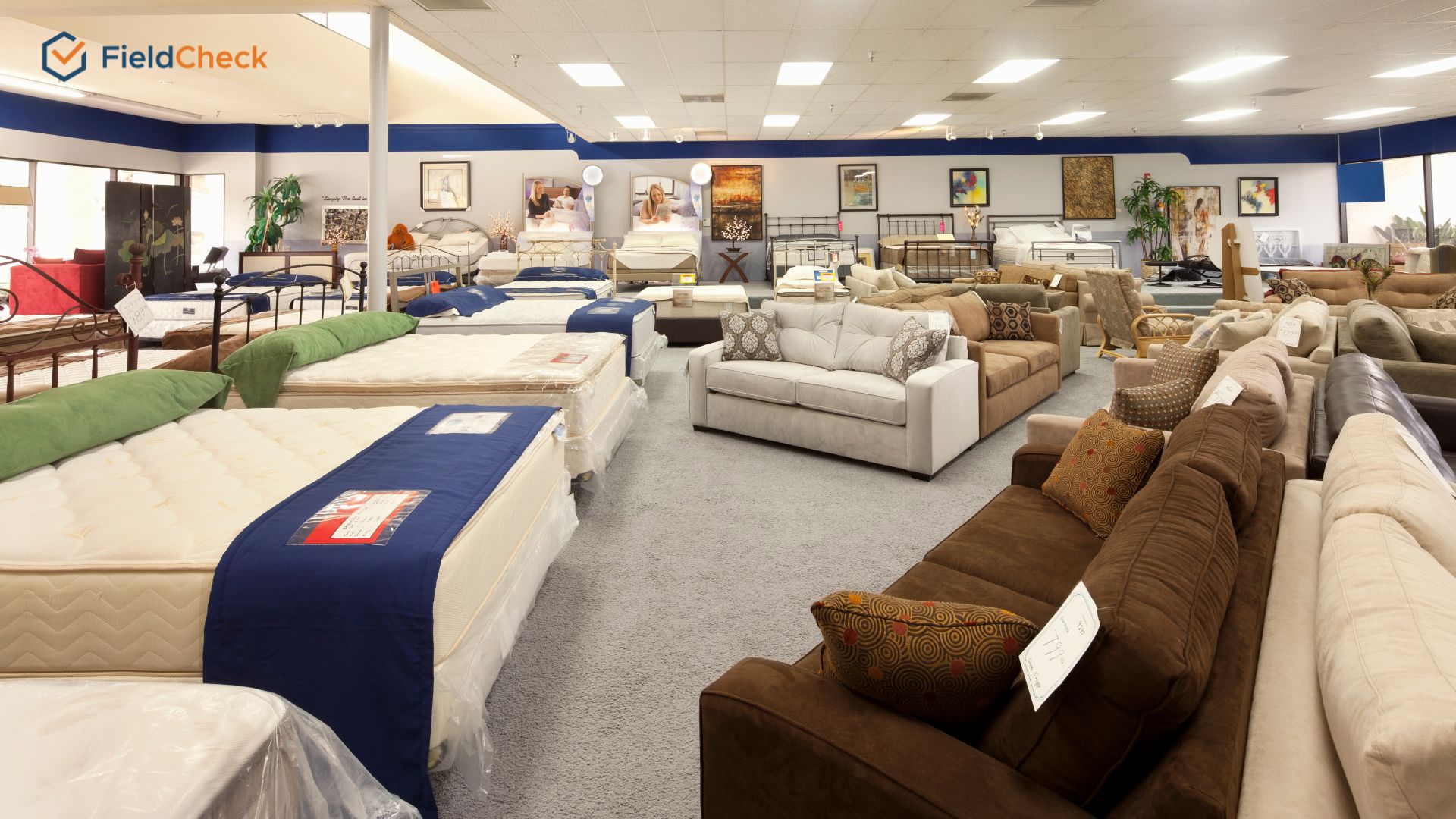
Scientific product display can help drive sales
Some benefits of merchandise display can bring to supermarkets or stores:
- Goods are neatly arranged, helping to optimize the area used in supermarkets, points of sale, and stores. Accordingly, businesses or retailers can save space costs.
- Help the sales space become neat; goods will be arranged quickly and beautifully, attracting customers.
- The beautiful and reasonable display of goods also helps the store or shelf to look more modern and professional, which can meet the standards of modern sales models.
In addition, store owners or employees can also rely on the display's principles to give customers better advice.
Finally, when merchandise display is optimized, viewers are comfortable shopping, easily becoming loyal customers and making better purchasing decisions.
Difficulties in Managing Store Displays
A beautiful, creative and reasonable way to display goods is one of the essential issues that need to be taken care of by shop owners; however, managing store merchandise display is equally important.
Some difficulties when managing store displays include:
1. Difficulty in ensuring consistency of display at stores
As you probably know, operating multiple stores simultaneously will create many difficulties in managing the display. There is a popular saying that "so many men, so many minds".
Although the department responsible for the layout of the stores may have communicated the standards as planned, that does not mean the synchronous implementation of employees in stores.
The auditors or supervisors must spend a lot of time and effort visiting the sales locations to ensure that the display plan is followed properly.
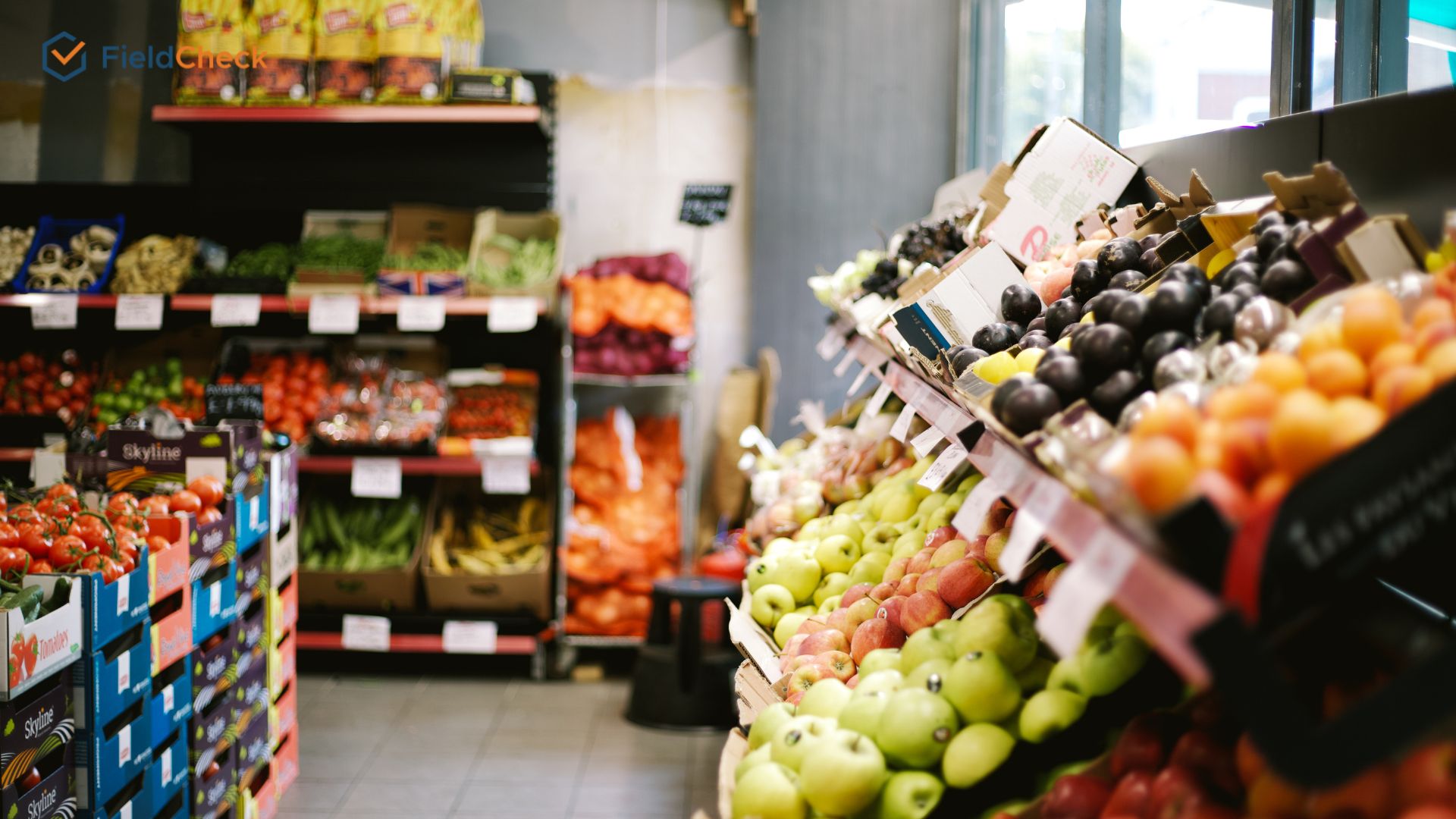
Nice store display
2. Unclear guidance and low visibility in visual merchandising plan
In addition, some merchandisers, when planning to display at stores, put down information of a general nature, not showing the layout design in a specific way, such as color, light, and location. , etc.
3. Difficulty in grasping the levels of products available at stores
In addition, some stores do not have a specific display plan, so they cannot grasp the number of products on the shelves at the point of sale. This problem easily leads to the loss of potential sales.
4. Difficulty in visually monitoring in real-time
In addition, in implementing the display plan, store staff may make some mistakes when placing products on shelves, store layout, etc. However, many managers can't grasp the performance of their employees, so they miss the above errors, affecting the final display performance.
5. Low awareness among employees about nice merchandise display importance
Last but not least is the phenomenon that employees do not understand the importance of display in the store. That leads to the sensation that they are purely responding to reports or to get the job done.
Therefore, the performance and original objectives of the store display plan are not guaranteed.

Logical display of products at stores
Current Situation of Managing Merchandise Display in Vietnam
Regarding the current state of goods displayed at stores in Vietnam, we can easily see the widespread use of messaging software to exchange and report related work.
Most businesses follow the process as follows:
- Store employees use phone cameras to capture the display status at the point of sale.
- Then, employees send pictures and related information through messaging software such as Zalo, Viber, and Telegram to report.
- In addition, collected data, such as images of competitor promotions, are also sent through these means.
This method is popularly applied due to its high and fast applicability because almost everyone has a Zalo account. However, it inadvertently created pressure on the management department.
Because the above software was developed for exchange and communication, there is no integrated feature for synthesizing and analyzing submitted data.
Therefore, when managers want to have specific aggregated numbers from the above reports, they have to do it manually and retrieve the information by dragging the mouse pointer to the messages with images.
This method is laborious and time-consuming and can lead to a lack of information, resulting in aggregated results that are not consistent with the actual situation.

Managing visual merchandising
According to the Domino effect, when relying on inaccurate results and analysis, management levels may make decisions that are not suitable for the business situation of the enterprise.
For example, in the words of Boney Varghese, APAC & MEA Buyer & Retail Marketing Manager at Electrolux, "Data collection is a nightmare when there are so many apps to collect data, Manually exporting and collating data, we are prone to human error. Another challenge is the growing reliance on market personnel to capture full market insights, competition, the ability to track sales, and more."
The following is a summary of the benefits and disadvantages of using messaging software for reporting work related to stocking, sorting, and data collection.
Pros:
- Can send information quickly
- Low cost
Cons:
- Can't sort out which issue has been resolved or not
- Difficult to categorize by store/staff
- Very time-consuming and confusing when there are many stores
- Images/videos cannot be stored for a long time
It is slightly challenging to ensure consistent store display
Why is It Necessary to Apply Technology in Merchandise Display?
Because labor costs in the Vietnamese market remain relatively low, many businesses still use manual methods to perform tasks when managing their stores. However, this cost saving cannot accurately report the actual situation.
Consequently, it is difficult for businesses to achieve sustainable development when they cannot make development decisions that are suitable for the business as well as the movement of the market.
Aware of the importance of improving the display management process, many businesses have been implementing technology to streamline their operations. A typical example is Electrolux - a famous global brand of household electrical appliances.
It is known that the company is currently implementing technology to manage market staff in the APEC & MEA regions.
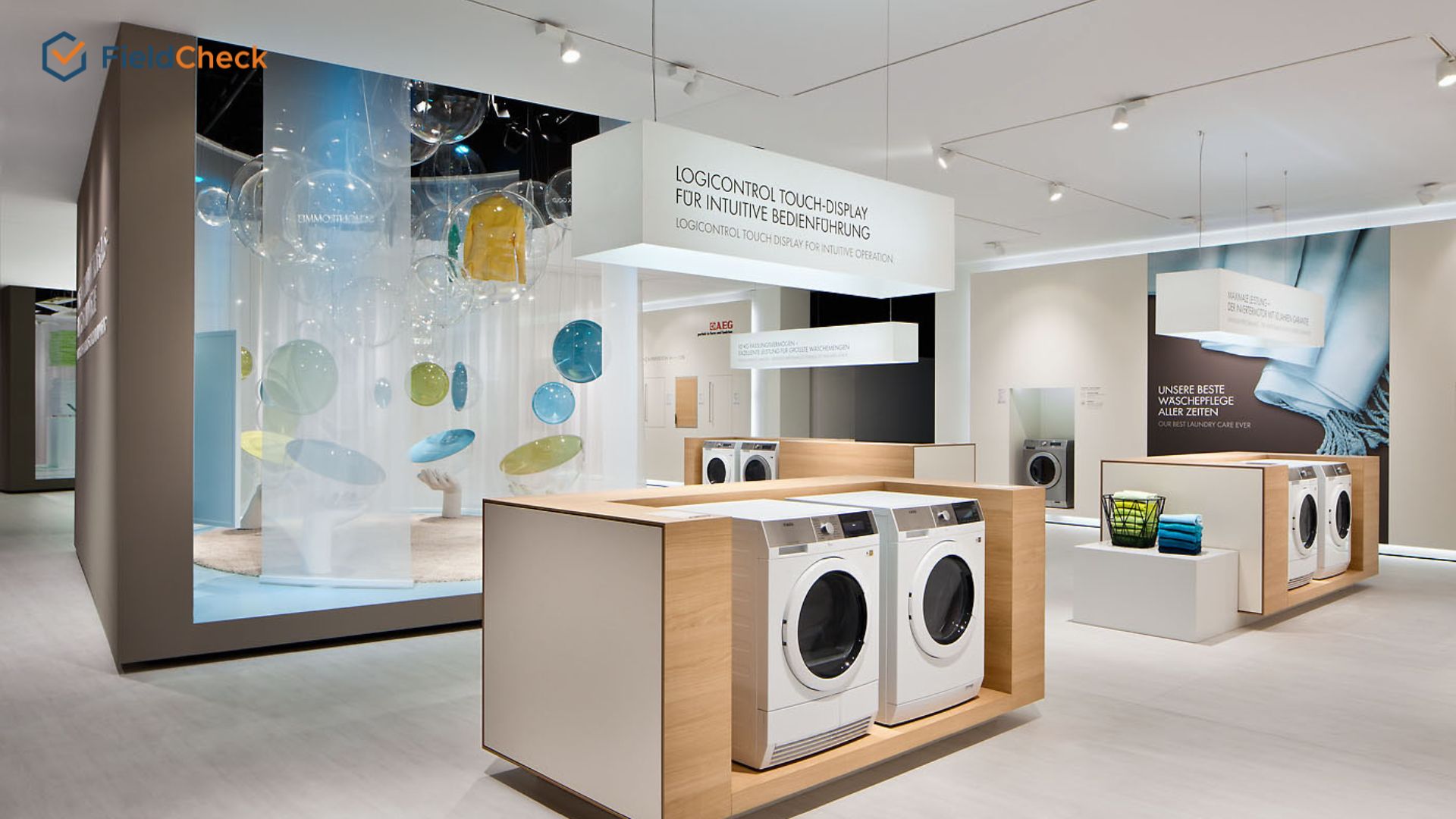
Nice store design layout
Accordingly, field forces such as marketing staff, product display staff, and supervisors use FieldCheck and collect data optimally, saving time and human costs.
At the same time, work efficiency is also increased thanks to the improvement in the accuracy of task results and the ability to produce statistical analysis based on real data.
This helps management make strategic decisions appropriate for the business or the store business.
See more: Why Electrolux Selected FieldCheck For Their Regional Field Force Management
Below is a summary of the benefits of applying technology to store display management.
- Help employees easily report, manage, capture information and make decisions
- Information is classified clearly and scientifically
- Easily assess the effectiveness of the layout implementation at the point of sale
- Reports allow managers to better understand the store's health before and after action (revenue, customer volume, etc.)
- Provides a list of items that make evaluation easy
- Minimize errors
- Reduce processing time
When using Zalo, the manager has to pull up and read the messages of each employee and store; if too many stores and employees report, filtering information is extremely time-consuming.
Try Leading Merchandise Display Management Software - FieldCheck
Developed to help businesses manage their market forces effectively, FieldCheck integrates several typical features, such as Visual Merchandising, to help retailers improve store display management processes.
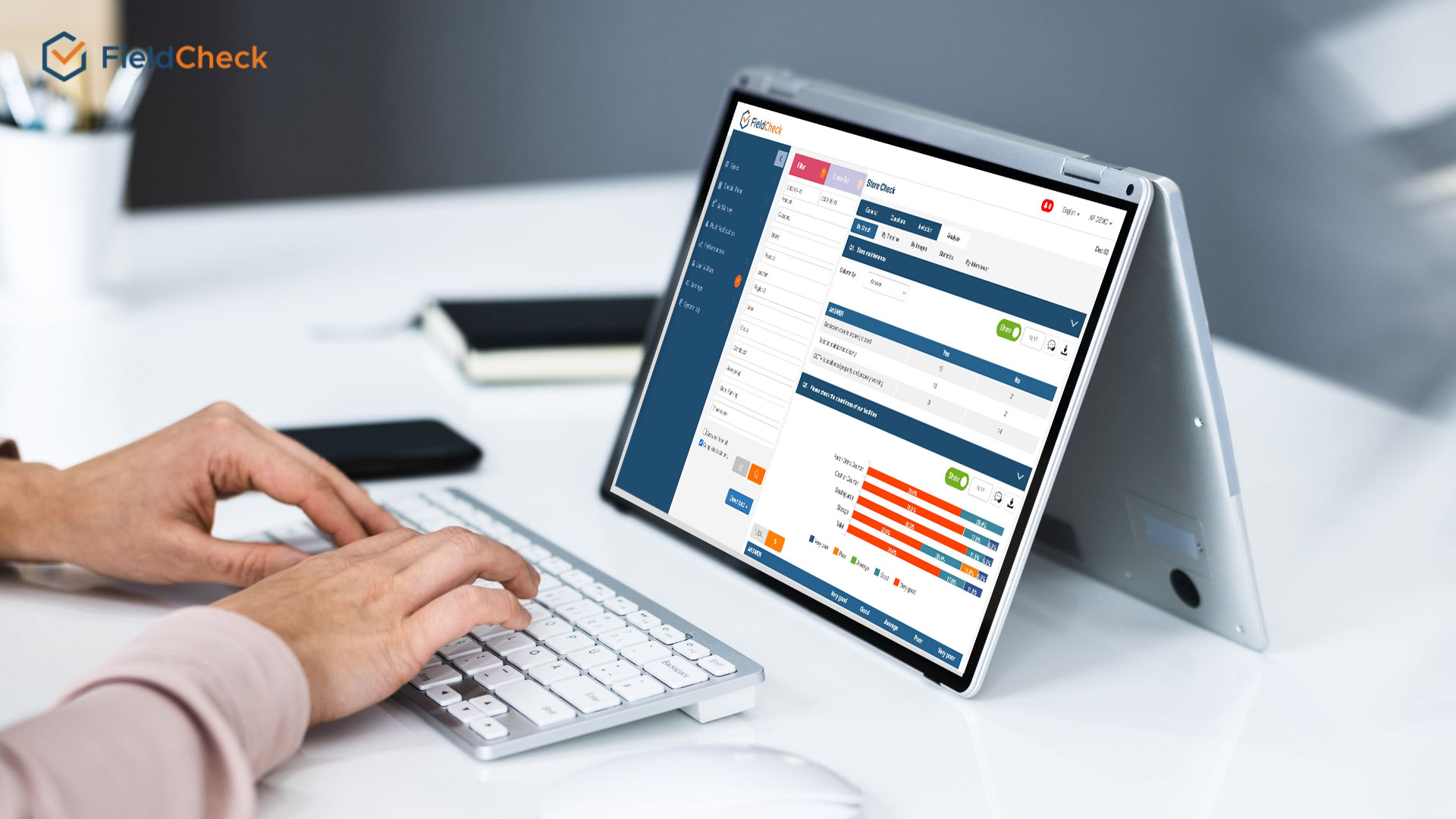
FieldCheck helps to manage tasks and visual merchandising with ease
The FieldCheck technology solution also makes work management more transparent. Employees can understand job requirements and workload clearly. As a result, this force can better complete the assigned tasks.
After employees complete work, managers can view progress or report work remotely without visiting store locations in person.
Besides, the tool provides visual statistical analysis based on reported metrics from stores. Management can rely on them to make strategic decisions integrating data into the analysis.



